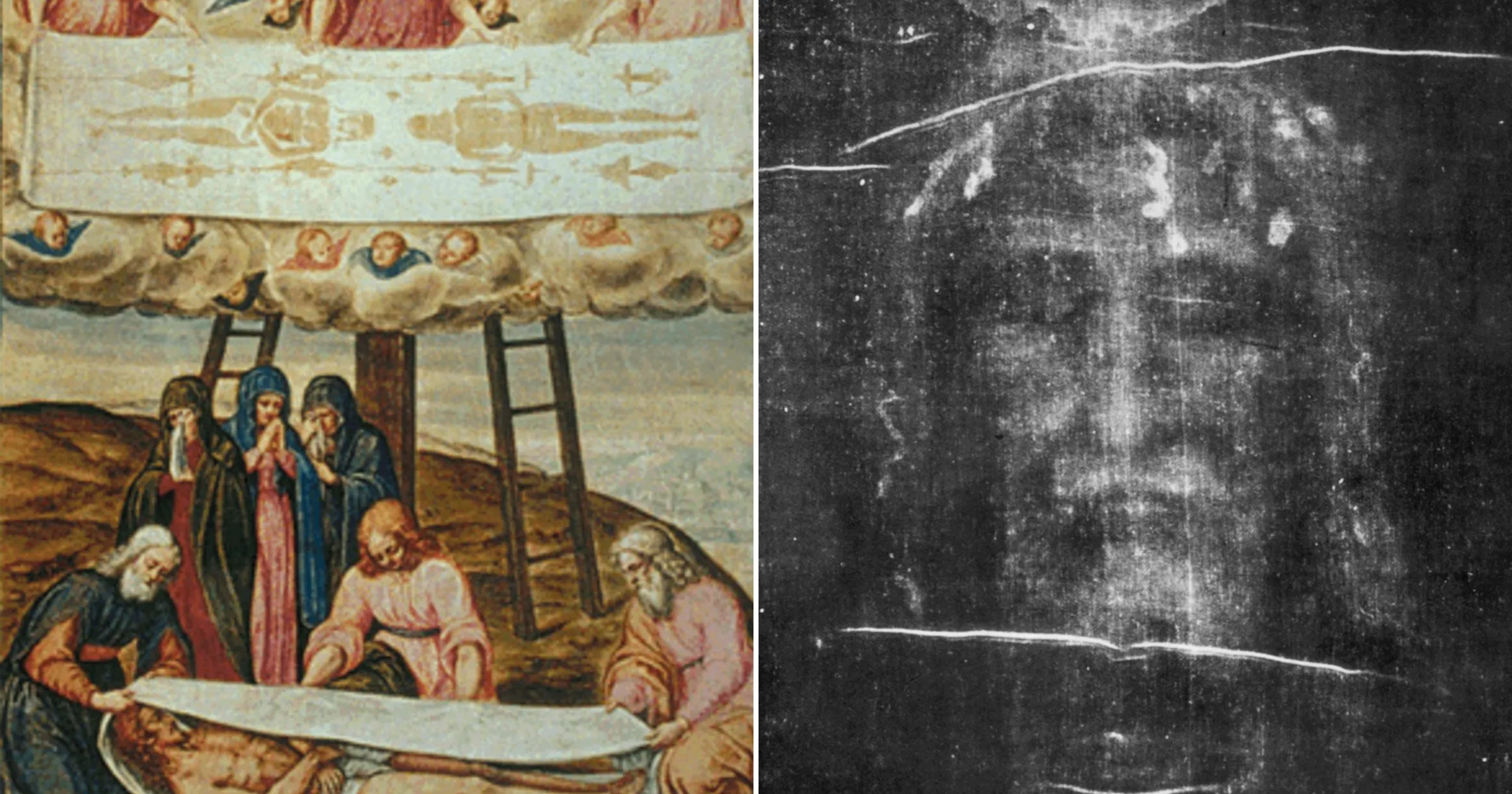Turin Shroud: A New Scientific Revelation on Jesus' Burial Cloth

New Findings on the Turin Shroud
The Turin Shroud has long been a subject of controversy, with claims surrounding its authenticity being bolstered by recent scientific advancements.
Scientific Approaches to Dating the Shroud
- Italian researchers from the Institute of Crystallography of the National Research Council conducted a study using wide-angle X-ray scattering (WAXS).
- This method measures natural aging in flax cellulose, suggesting the Shroud's age could coincide with the time of Jesus.
- Previous carbon dating in the 1980s indicated a much later date, raising questions about contamination in the sample.
Religious and Historical Significance
The Turin Shroud is said to bear the image of Jesus, with markings aligning with biblical accounts of his crucifixion. Markings on the Shroud include thorn marks, cuts, and bruises.
- Markings include:
- Thorn marks on the head
- Cut wounds on the back
- Bruises on the shoulders
As researchers continue to investigate the linen cloth's origins, the latest results promote further discussion regarding its place in both historical and religious contexts.
This article was prepared using information from open sources in accordance with the principles of Ethical Policy. The editorial team is not responsible for absolute accuracy, as it relies on data from the sources referenced.